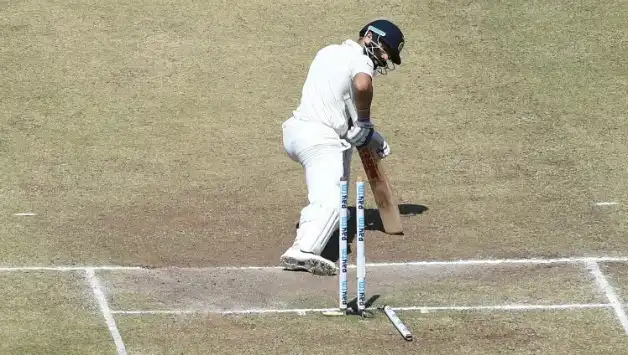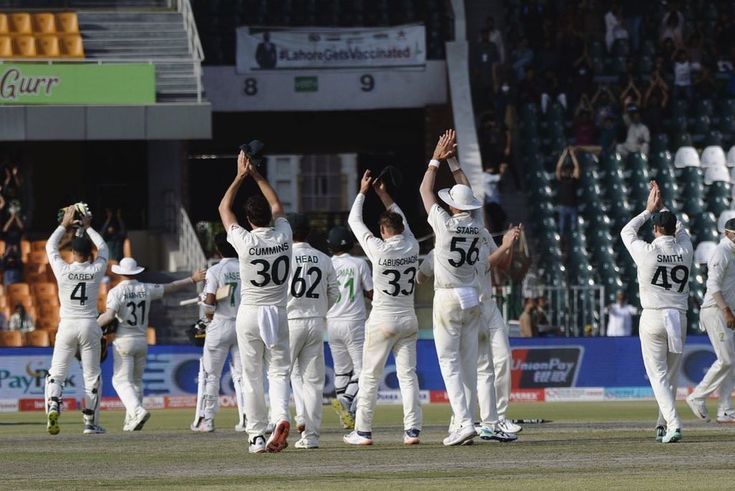Sessions are the heartbeat of Test cricket — dividing the game into distinct phases that test skill, patience, and strategy. While cricket has evolved over decades — from the fast-paced thrill of T20s to the strategic balance of ODIs — Test cricket remains the oldest and most prestigious format. At the core of this tradition lies a format that demands not just physical endurance but mental toughness as well. Known for its patience, technique, and resilience, Test cricket continues to be a true test of a player’s character.
One of the defined characteristics of Test cricket is its unique structure-especially three-satisfaction format each day. If you are new to the game or are just trying to understand what happens during those long days, the guide will tell how many sessions in Test cricket, why they matter, and how they affect the result of the match.
Table of Contents
How many sessions are there in Test cricket?
Each day of a test match is divided into three main sessions:
- Morning session
- Afternoon session
- Evening session
These sessions are designed to help the sports structure and provide strategic posts. Each session usually lasts about 2 hours, with a brake in the middle. Overall, a Test match can last for five days, each day in these three sessions.
This is a total of 15 sessions in five days – although the game can end first if a team is excluded or declared twice.
Typical Daily Test Cricket Schedule
Let’s break down the daily routine of a Test match:
| Session | Duration | Break After |
|---|---|---|
| Morning Session | ~2 hours (e.g. 10 AM – 12 PM) | Lunch (~40 minutes) |
| Afternoon Session | ~2 hours (e.g. 12:40 PM – 2:40 PM) | Tea (~20 minutes) |
| Evening Session | ~2 hours (e.g. 3 PM – 5 PM) | Stumps (End of Day) |
Note: These timings may vary by country and weather conditions. In countries like India, Australia, and England, the session times are adjusted based on climate and daylight.
How many overs are bowled per session?

A full day in TC is designed to play 90 overs. They are usually divided into three sessions:
- Morning Session: ~ 30 overs
- Afternoon session: ~ 30 overs
- Evening session: ~ 30 overs
However, the actual number may vary depending on higher rates, time lost or blockage. If the play is interrupted, the lost overs are made – often by increasing the evening session or starting the next day.
Why are the sessions important in Test cricket?

TC is not a fight in just five days – it is a battle of sessions. Each session has its own rhythm, pressure and strategic decisions. Teams often talk about “winning sessions”, which means to perform better than the opponent during those two hours.
Here is how each session plays its role:
1. Morning session Usually starts with a fresh pitch and new ball.
- The bowlers often get more swing and bounce due to morning moisture.
- Captain likes to bowl on the first day if there is a cloud cover or green pitch.
- It is a test time for batsmen, especially for openers.
2. Afternoon session The pitch usually settles.
- This is often the best time to bat.
- Spinners may get some bend because the sun heats the surface.
- Batsmen can settle and form partnership.
3. Evening session The fatigue begins to affect both the bowlers and batsmen.
- Spinners can be late in the day.
- Light can also deteriorate, which can prevent poor light.
- Momentum shifts can dramatically be here – the team that losing 3 quick wickets in the last hour can change the game.
How to use session for captain strategy
Captains and coach plan strategies around sessions:
- Bowling attacks are rotated so that important bowlers are fresh during critical stages.
- The announcement time after tea is often decided to give the bowlers a chance to attack in the evening.
- The purpose of the batting sides is to bat continuously to bat in sessions or wear bowlers.
- In fact, some of the most thrilling moments in testing history are in the last session of 5 days, chasing a team or surviving to the stump.
What happens when the time is lost?

Weather obstruction or poor light often affects TC. when it happens:
- The number of overs to bowl is renovated.
- Evening sessions can be increased. In later days, it can begin before playing or move forward.
- Match referees and umpires monitor the time and try to ensure fairness by allowing the teams to compete equal opportunities.
What is “winning the session” in Test cricket?
“Winning a session” means that a team had an upper hand during that specific session.
Example:
- One team takes 5 wickets in the morning? He has won the session.
- Batter add 100+ runs without losing wickets in the afternoon? This is their session.
The match can be drawn or eventually lost, but dominating more sessions usually leads to victory. Teams like Australia and India often break the game in mini-bottles per session to control speed.
Conclusion
Test cricket is more than just a long game — it’s a well-organized sport with structure, drama, and strategy that unfolds session by session. The three-session format brings rhythm to the day, offering distinct opportunities for both batters and bowlers.
Understanding the purpose and flow of each session helps fans truly appreciate the battle that takes place on the field. Whether it’s the pressure-filled morning, the steady grind of the afternoon, or the thrilling twists of the evening — every session counts.
So, next time you tune into a Test match, don’t just look at the scoreboard — ask yourself, “Who’s winning this session?” That question might just reveal the real story of the game.


